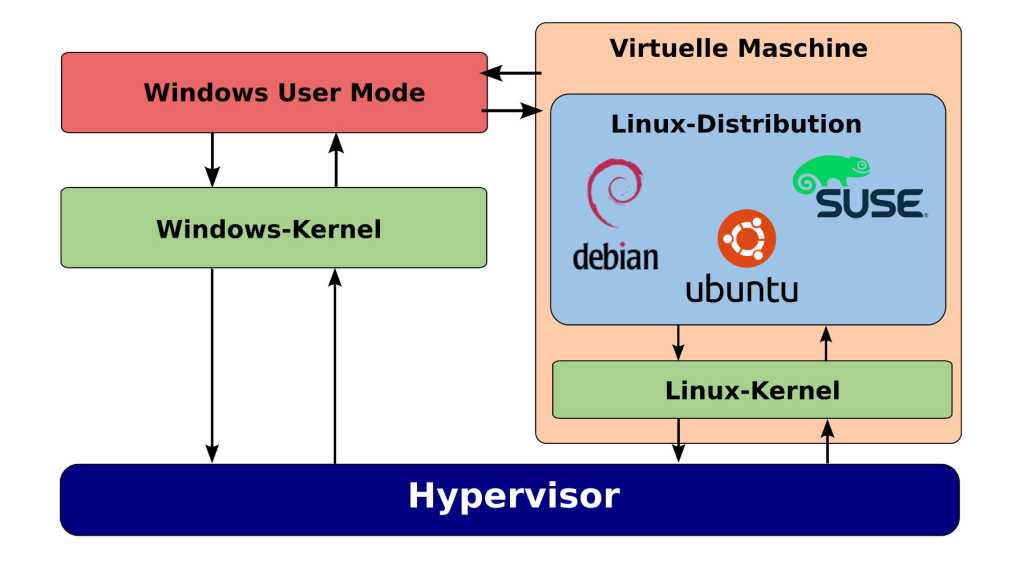Today, Wi-Fi is as essential as electricity and water, seamlessly integrated into our daily lives. We often take it for granted, rarely considering routers, cables, or frequency bands until something goes wrong. Weak signals, dropped connections, choppy streaming, and slow downloads are common frustrations. This guide explores how optimizing your router settings and strategically upgrading your network can create a faster, more reliable Wi-Fi experience.
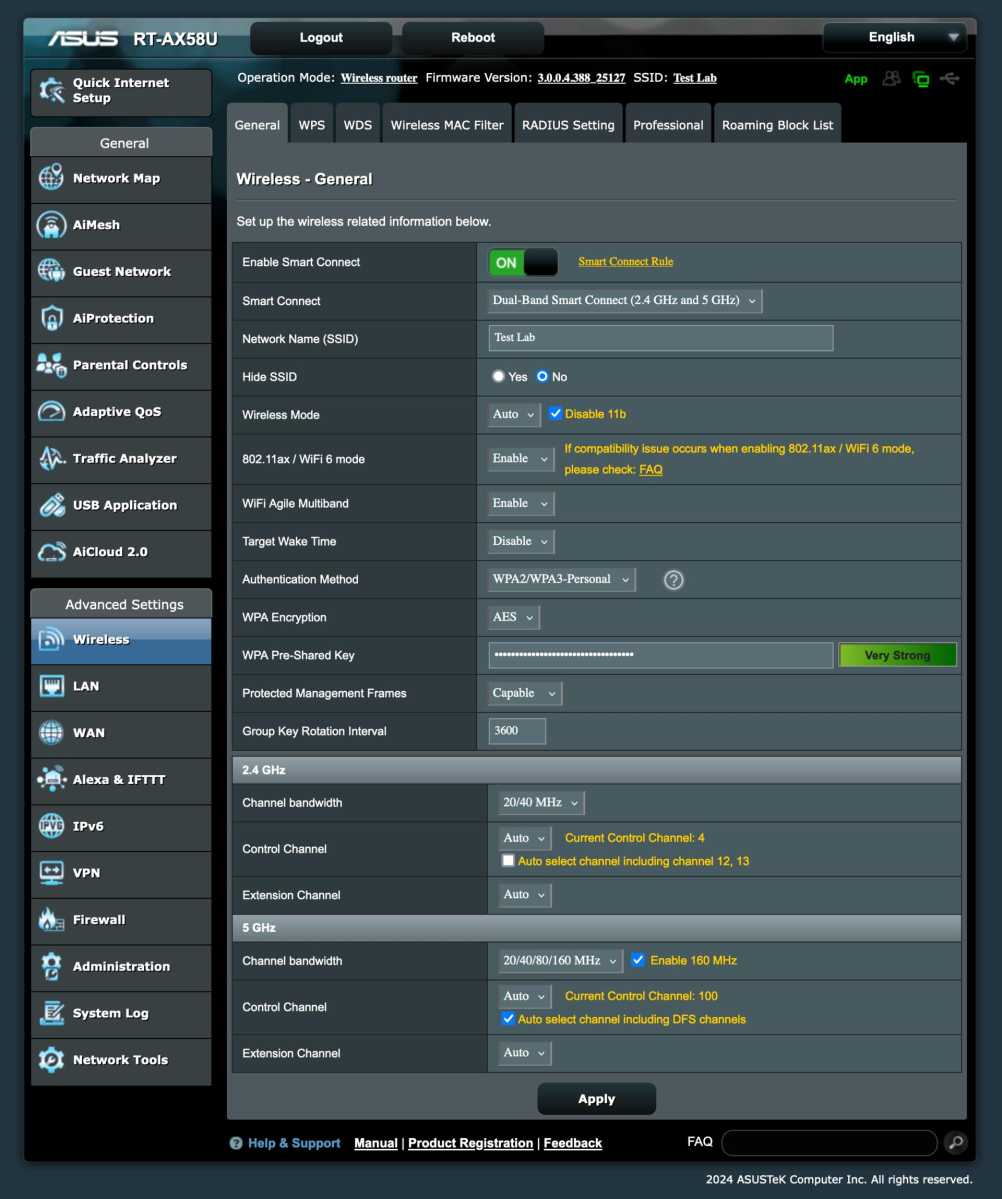 Wifi-inställningar
Wifi-inställningar
Optimizing Your Router for Peak Performance
While router settings vary, most offer key configuration options that can drastically improve your Wi-Fi performance.
Channel Width: Balancing Speed and Interference
Channel width dictates the frequency range used for communication. Wider channels offer higher speeds but are more susceptible to interference. Narrower channels allow for more simultaneous networks but with lower speeds. If your router supports automatic channel width adjustment, use that. Otherwise, start with the widest channel (160MHz for 5GHz) and test narrower options (80MHz, 40MHz) to find the optimal balance for your environment. For the 6GHz band, wider channels are generally preferred, but testing is always recommended.
 Kanalbredd
Kanalbredd
Wi-Fi Channel Selection: Manual vs. Automatic
Different channel widths offer a varying number of channels. Let your router automatically select the channel for optimal interference mitigation. However, if you experience consistent issues in a specific area, manually selecting a different channel might help, especially if neighboring networks use the same channel.
Combining or Separating Frequency Bands
While 2.4GHz and 5GHz operate independently, routers typically combine them under a single network name (SSID). Creating separate SSIDs can be beneficial for devices that only support 2.4GHz or experience connectivity issues on 5GHz due to obstructions. The 2.4GHz band offers better penetration through walls and obstacles.
Band Steering: Optimizing Band Selection
Band steering automates the selection of the optimal frequency band (2.4GHz or 5GHz) for each device. While typically effective, advanced settings on some routers allow for customization. If devices persistently connect to 5GHz despite a weak signal, adjusting these settings may be necessary. Consult your router’s documentation or online resources for specific guidance.
Quality of Service (QoS): Prioritizing Network Traffic
QoS manages bandwidth allocation, preventing any single device from monopolizing the connection. This is crucial for activities like online gaming and video calling that require low latency and consistent data flow. QoS can also prioritize specific traffic types, minimizing lag and improving overall network performance.
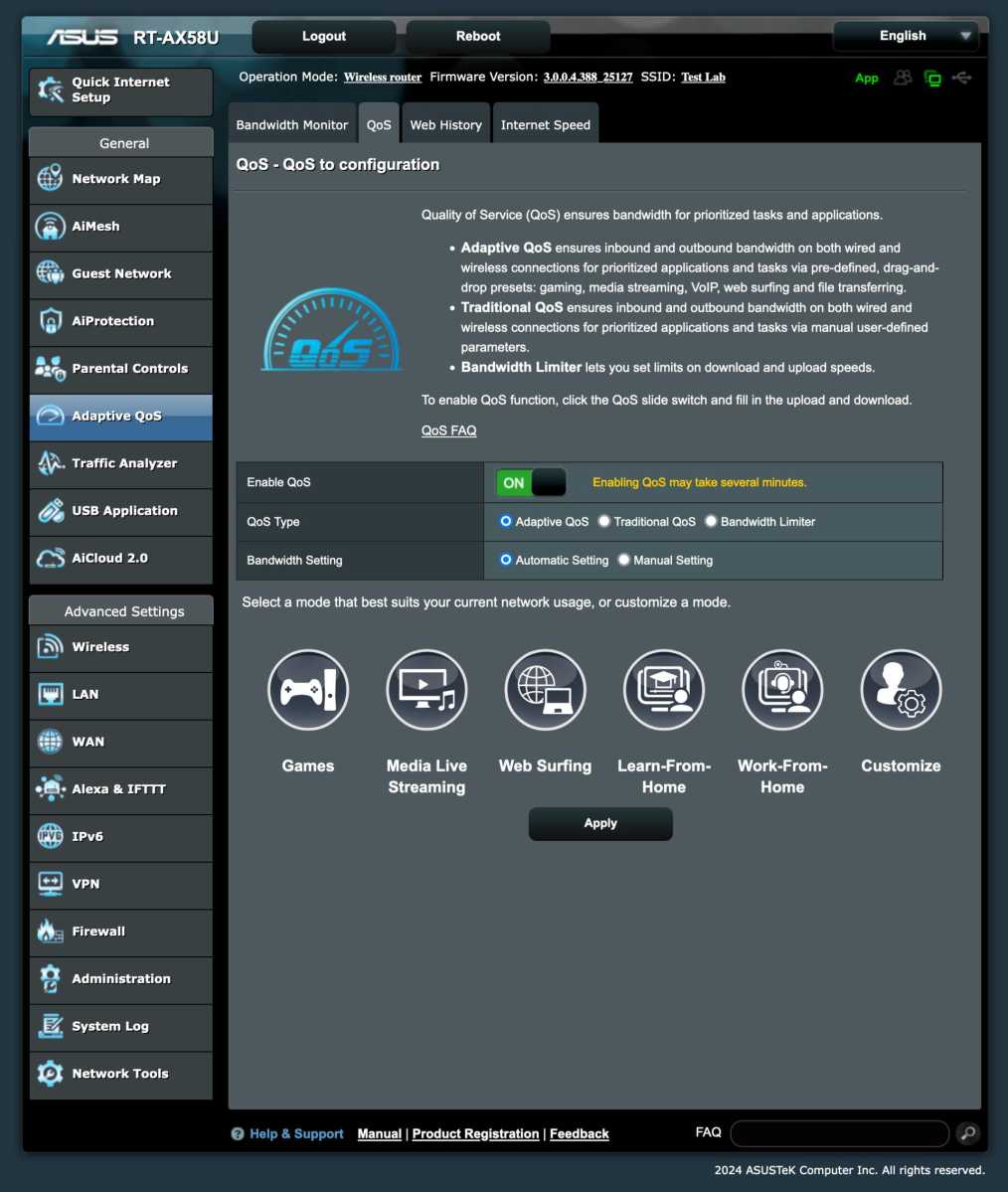 Funktionen Quality of Service, qos
Funktionen Quality of Service, qos
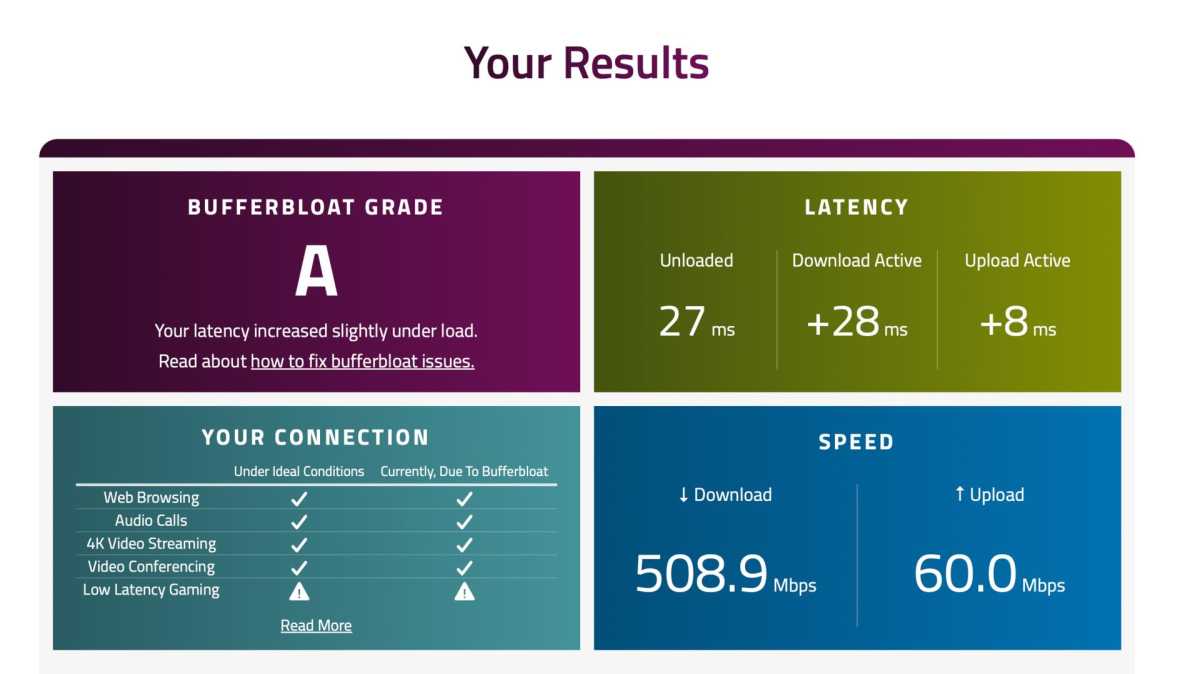 Bufferbloat
Bufferbloat
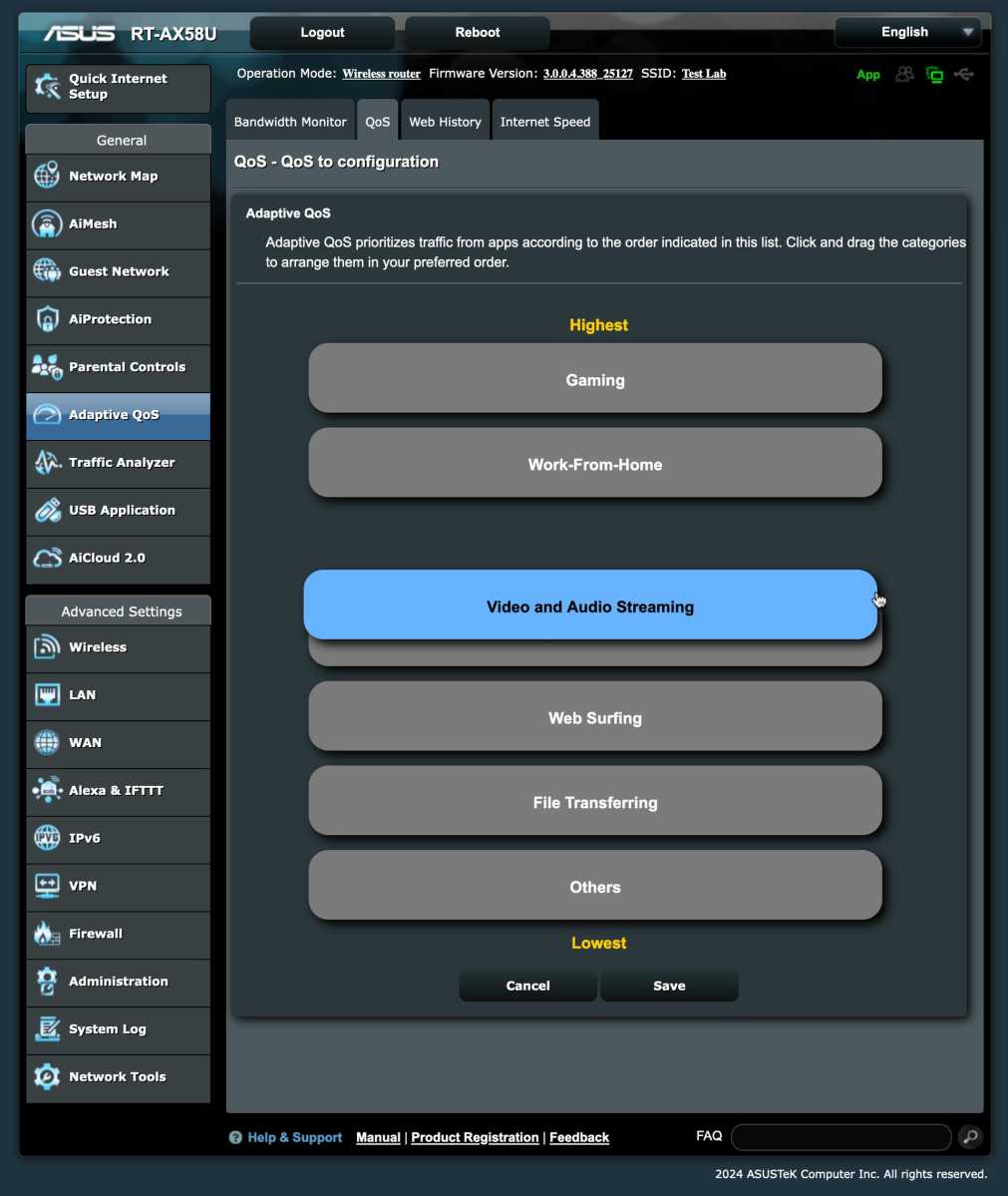 Asus Adaptive Qos
Asus Adaptive Qos
Mapping Your Home Network for Optimal Coverage
If router optimization doesn’t resolve your Wi-Fi woes, network upgrades might be necessary. Before investing in new hardware, map your home’s signal strength using tools like Netspot. This helps identify weak spots and informs strategic placement of extenders or a new router.
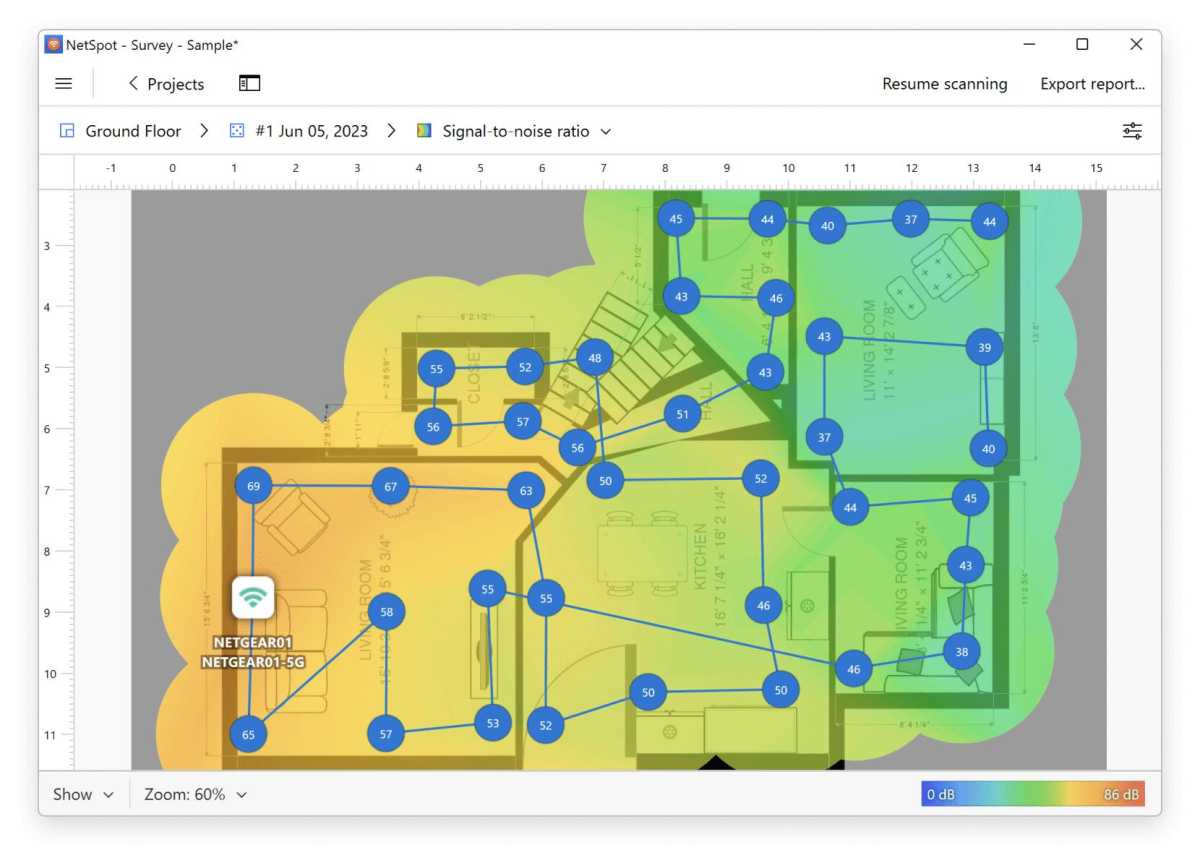 Kartlägg hemmet med Netspot
Kartlägg hemmet med Netspot
Reducing Network Load with Wired Connections
If your Wi-Fi network is overloaded, connecting stationary devices like desktops, TVs, and game consoles via Ethernet cables can free up bandwidth for wireless devices. A network switch can expand available Ethernet ports and facilitate direct device-to-device communication, further reducing router load.
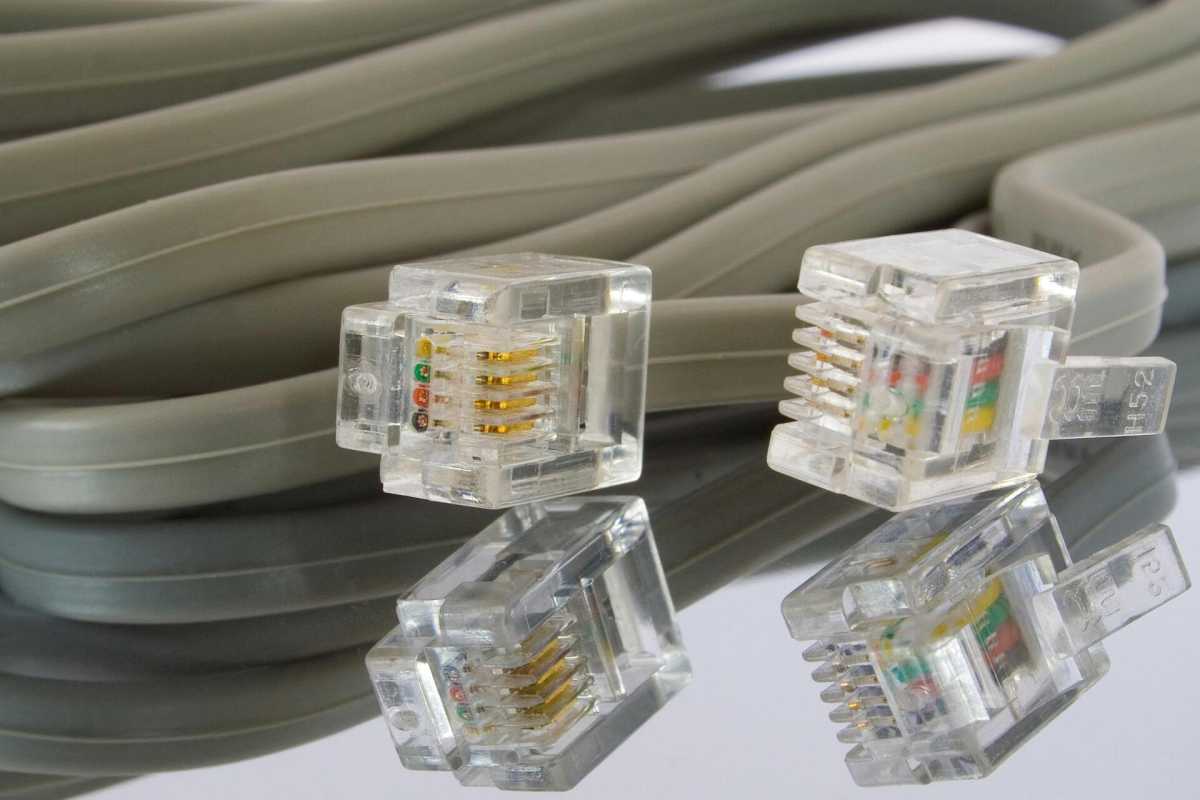 Ethernetkablar
Ethernetkablar
Upgrading Your Hardware: Extenders and Mesh Systems
For persistent Wi-Fi issues, hardware upgrades are often the most effective solution.
Wi-Fi Extenders
Extenders create a separate network with the same SSID, extending the range of your existing network. While wireless extenders offer flexibility, wired connections provide better performance.
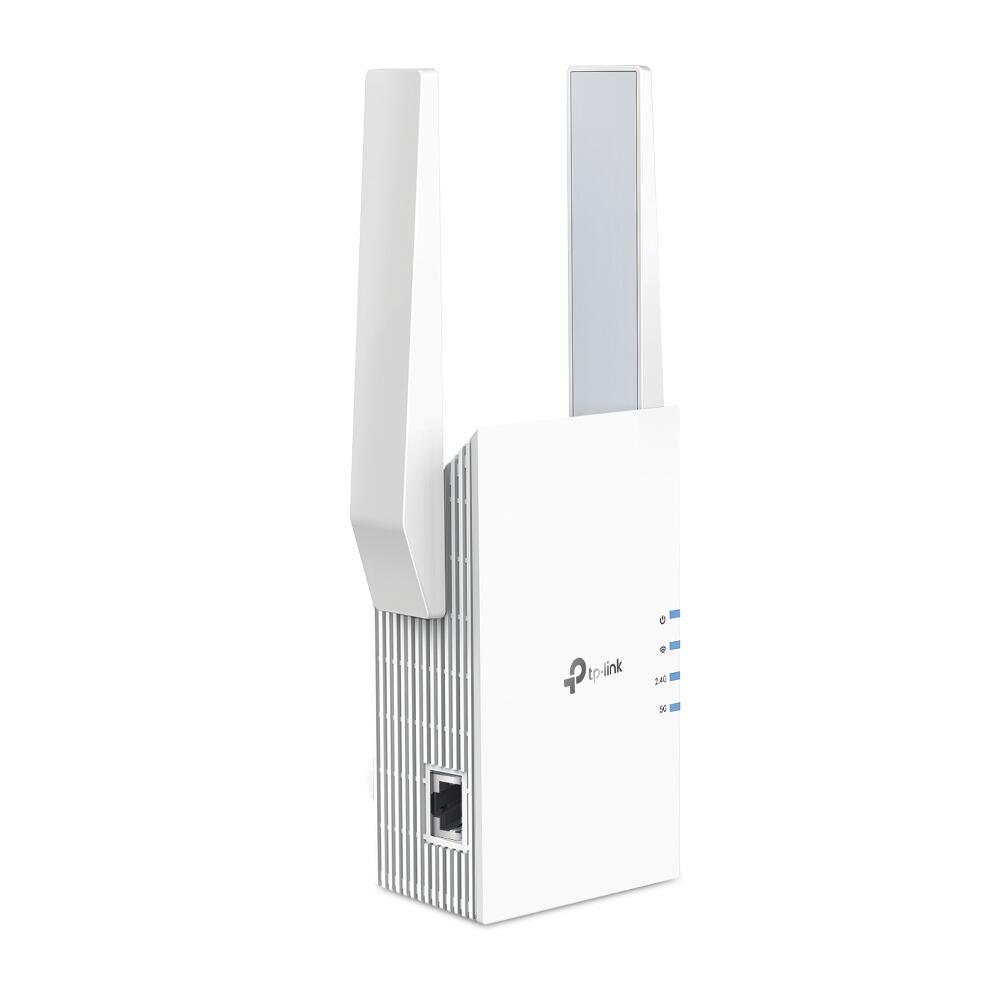 Wifi-förlängare
Wifi-förlängare
Mesh Networks
Mesh systems utilize multiple base stations to create a seamless, high-performance network. They offer a simplified solution for complex Wi-Fi issues and are often the easiest way to achieve whole-home coverage.
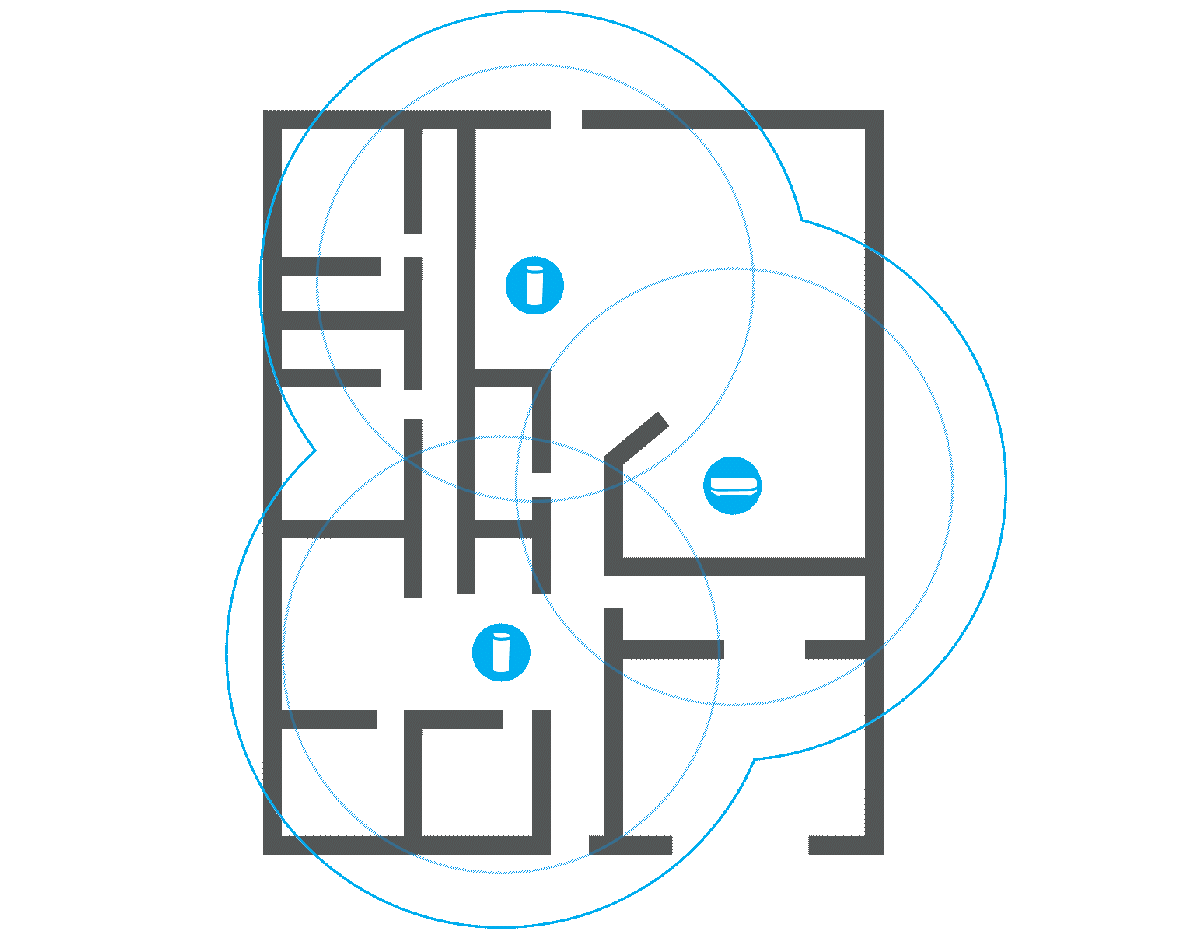 Mesh
Mesh
 Wifi i hela hemmet
Wifi i hela hemmet
By implementing these strategies, you can transform your Wi-Fi network from a source of frustration into a reliable and high-performing foundation for your connected life. Remember to test and adjust settings to find the optimal configuration for your specific environment.





